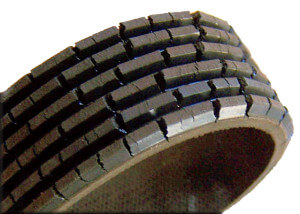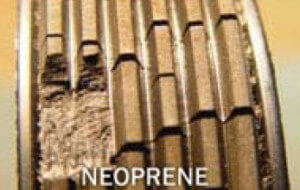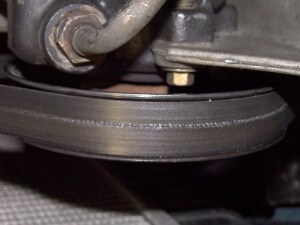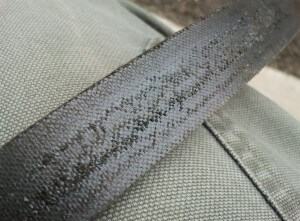When should you replace a serpentine belt
Learn when you should replace a serpentine belt
The serpentine drive belt, also known as a serpentine belt or accessory belt, is a crucial component in modern vehicle engines. This single, long belt winds around multiple pulleys to drive several engine accessories simultaneously, including the alternator, power steering pump, air conditioning compressor, and water pump in many vehicles. Knowing when to replace your serpentine belt is essential for maintaining your vehicle’s performance and preventing unexpected breakdowns.
Replace a serpentine belt when it reaches 30,000 or 100,000 miles
Older, pre-2000 vehicles use Neoprene belts. Neoprene belts generally only last about 30,000 to 40,000 miles before cracking to the point where they need replacement. After the 2000 model year, carmakers switched over to belts made from ethylene propylene diene terpolymer (EPDM). EPDM belts don’t crack like the older neoprene belts, so you can’t tell their condition by looking for cracks. I’ll cover how to check an EPDM belt below. I doubt you still have a neoprene belt on your car. However, if you do, you can tell its condition by viewing the cracks. Here’s what to look for.
Replace a serpentine belt when you notice these symptoms
• Squealing or Chirping Noises— If you hear high-pitched squealing or chirping sounds coming from under the hood, especially when starting the engine or during sharp turns, it could indicate improper belt tension or a worn serpentine belt. These noises occur when the belt slips on the pulleys due to decreased tension or worn grooves.
• Fraying— Worn edges or visible cord material suggest the belt is deteriorating.
• Glazing— A shiny, hardened appearance on the belt’s surface indicates it’s lost its grip.
• Check for cracks in a neoprene belt— Replace a neoprene serpentine belt when it has three or more cracks in a 3-inch section.
• Replace a Neoprene serpentine belt when chunks are missing— If you notice any missing ribs on a serpentine belt, replace it immediately.
When you should replace an EPDM serpentine belt
EPDM serpentine belts can last about 100,000 miles. But they can still look good at that mileage, so you can’t judge them with a quick visual inspection. You have to inspect the ribs for wear, and the best way to do that is with a serpentine belt wear gauge.
The individual mini ribs can wear to the point where the small “V’s” no longer wedge into the tapered pulley grooves. When that happens, the pulley engages with the top ridge of the belt. The tensioner can apply more tension, but since the belt has far less surface area engaged with the pulley grooves, it slips. Simply put, an EPDM belt can look fine, but if the ribs are worn, the belt will slip.

This illustration shows how rib wear can cause the belt to lose gripping power. The belt’s only contact with the pulley is at the bottom of the rib valley. It simply loses its ability to wedge into the pulley “V”. So the belt slips, chirps, squeals and the driven component loses efficiency.
Gates offers a free app for iPhones and Android devices. You boot up the app and snap a picture of the belt ribs. The app measures the wear.
Check the backside of the serpentine belt for signs of wear
And don’t forget to check the backside of the belt. The backside of a serpentine belt drives the water pump and idler pulleys. It can glaze over, chunk out, fray, or simply wear too thin.
© 2015, Rick Muscoplat
Posted on by Rick Muscoplat



